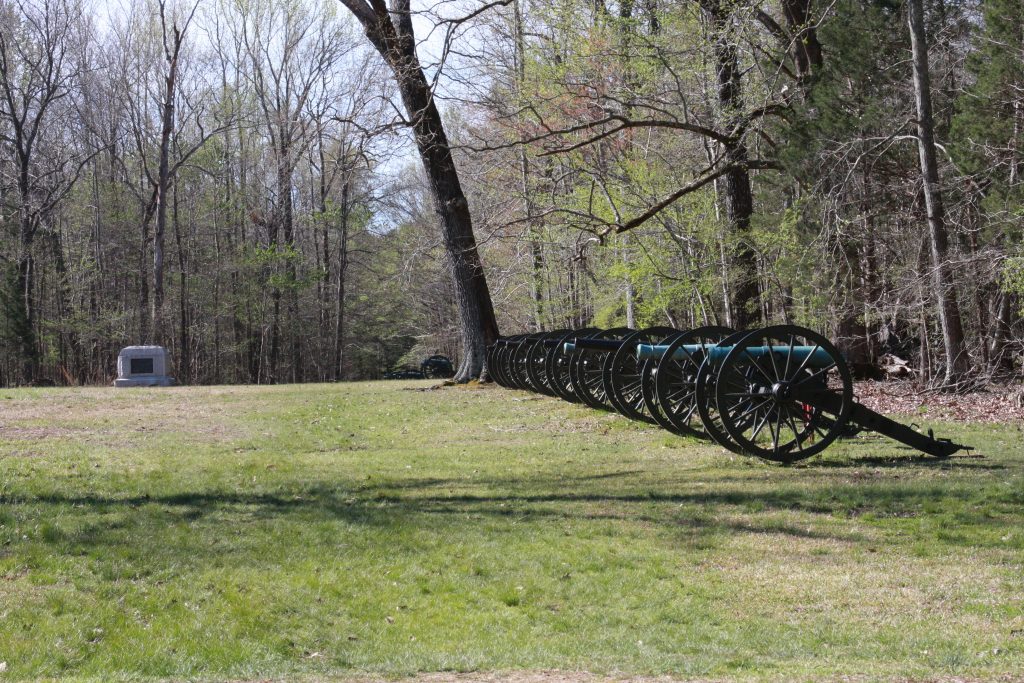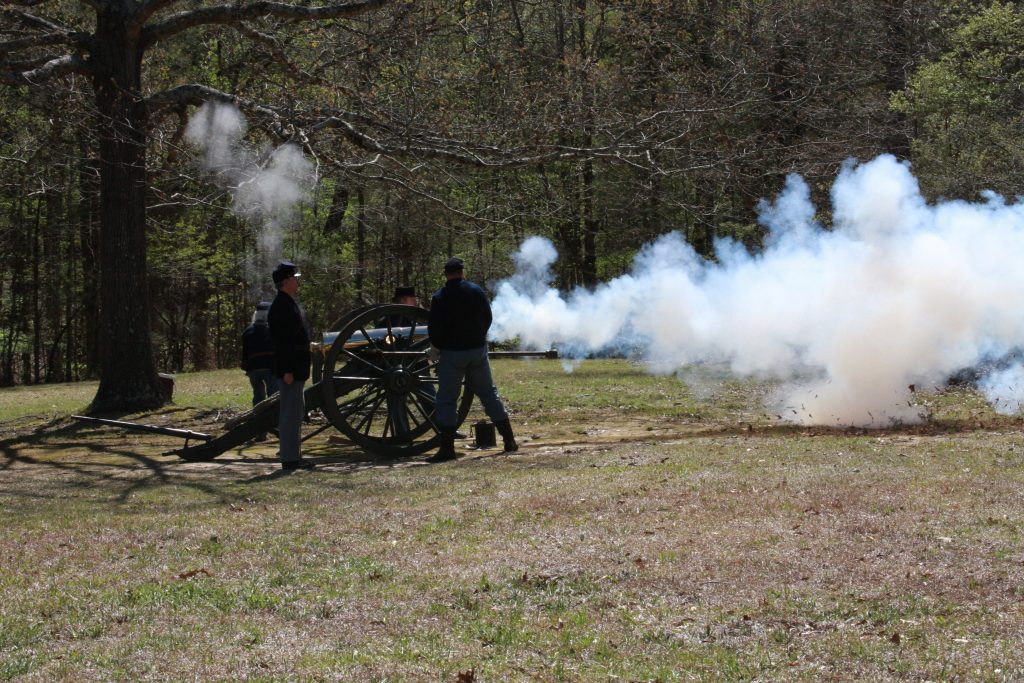April 3, 2023 @ 8:30 CDT
Site Visit #83
The Union had two major goals in the Civil War: Capture Richmond, the capital of the Confederacy; and control the Mississippi River, splitting the Confederacy.
Attempts to capture Richmond failed miserably in the east as a list of outmatched Union generals lost battle after battle to the Confederates under Robert E. Lee. Efforts in the west, though, were somewhat better.
An 1843 graduate of West Point, who was forced out of the Army in the early 1850s, had subsequently failed at almost every private endeavor – farming, business, banking. He was recalled to the Army as a colonel in charge of Missouri volunteers. His success with the volunteers led to quick promotions, and by 1862, Ulysses Grant found himself in command of the Union army in western Tennessee.
Corinth, Mississippi was home to a major rail intersection. An east-west line ran from the Mississippi River to Charleston, South Carolina while a north-south line connected northern Kentucky with Mobile, Alabama and the Gulf of Mexico. Southern railroad development lagged far behind the North and these two rail lines were the lifeline of the South.
Both sides realized its importance. The South heavily fortified it and the North wanted to capture it. Following the capture of Fort Donelson located on the Mississippi near the Kentucky-Tennessee border, Grant turned his army toward Corinth.

Using the Tennessee River to help move the army, Grant selected some high ground near the town of Pittsburg Landing in southern Tennessee to stage his troops. In April 1862, Confederate General A. S. Johnston decided on a pre-emptive strike and moved his army north from Corinth to face the Northern forces. They met in battle on the farmlands around Pittsburg Landing near a small church named Shiloh.
The battle lasted for two days, with the Confederates seeming to have taken the advantage after the first day. Grant, however, received reinforcements from the Army of the Ohio and eventually forced a Confederate retreat on the second day. The southern troops returned to Corinth while the Union forces regrouped for the pursuit.
The battle of Shiloh saw unprecedented (until that point) casualties with over 23,700 men killed, wounded, or missing. Never had any battle in North America seen so many casualties and it portended what was to come later in the year at Antietam and for the rest of the war. Confederate General Johnston was killed at Shiloh, the highest ranking officer killed on either side in the war.
As important of a battle as Shiloh was, the prize still awaited in Corinth. Later in April 1862, Union forces moved on Corinth forcing Southern troops to abandon the city and its vital rail junction. Later, in October, a Confederate attack tried to dislodge the Union forces but failed. From Corinth, Grant would begin moving on Vicksburg, which in July 1983, became the final city on the Mississippi to fall, successfully completing one Union goal.
The Shiloh National Military Park preserves much of the Shiloh battlefield. The visitor center was closed when I visited as it is being renovated. One was still able to view a movie on the battle – except the day I visited as the theater was being repainted. Fortunately, the movie is available online.
The park offers a driving tour with some 22 stops at major points of the battle. Detailed descriptions of each site are available via a cell phone app – but unfortunately, cell coverage is very spotty here! Sometimes I’d finally hear the audio for one stop when I was already two stops away.

During my visit, park volunteers had a demonstration of cannon fire. A ranger described the duties of each of the six-person gun crew, which was followed by a firing. One shot produced enough smoke to obscure the gun – a mere 50 feet away from me – for several seconds. One gets a good idea of what 30 or more guns firing at once – along with thousands of rifles – would do to battlefield visibility!
In the afternoon, I made the 25-minute drive to Corinth and the visitor center there. There is a driving tour of key spots in Corinth, but they mostly consist of a sign in someone’s front yard saying “XXX was located here”. The visitor center, however, had excellent displays and a couple of films about the actions around the city. It also described the “Contraband Camp”. This was a thriving area where escaped slaves lived. As the Union moved into Tennessee, many of those held in slavery would escape behind Union lines where they were protected.
Though the battle of Shiloh was certainly the largest and deadliest battle to date in the Civil War, the successful actions at Corinth were what paved the way for Grant to accomplish his primary task of controlling the Mississippi River.
Steve